

Engage prospects with a scan and streamline customer engagement with FREE QR code marketing tools by Sona – no strings attached!
Create a Free QR CodeFree consultation

No commitment

Engage prospects with a scan and streamline customer engagement with FREE QR code marketing tools by Sona – no strings attached!
Create a Free QR CodeFree consultation

No commitment
QR codes have evolved into a strategic tool for bridging offline engagement with online action. For snowmobile tour companies, QR codes provide a seamless and effective way to connect tour seekers with timely information, streamline booking, and deliver real-time updates without the need for extra apps or lengthy forms. Many operators struggle with connecting physical outreach to capturing qualified interest before potential guests move on. QR codes can transform printed collateral or signage into interactive experiences common in QR in travel that lead adventure enthusiasts from curiosity to committed booking in just a few taps, closing the loop that often leaves valuable prospects untracked and unconverted.
As snowmobile tour packages become more tailored and the demand for instant access to safety tips, trail conditions, pricing, and booking rises, as seen in Iceland snowmobile tours, the main challenge is ensuring that every interaction can be traced back to real leads rather than anonymous traffic. QR codes address this directly. By converting every brochure, sign, or vehicle decal into a digital entry point, snowmobile tour companies collect valuable data, fix incomplete or outdated account information, and better personalize offers. The result is not only more efficient bookings but also insights that help target the right audience with perfect timing, minimizing missed conversion or upsell opportunities.
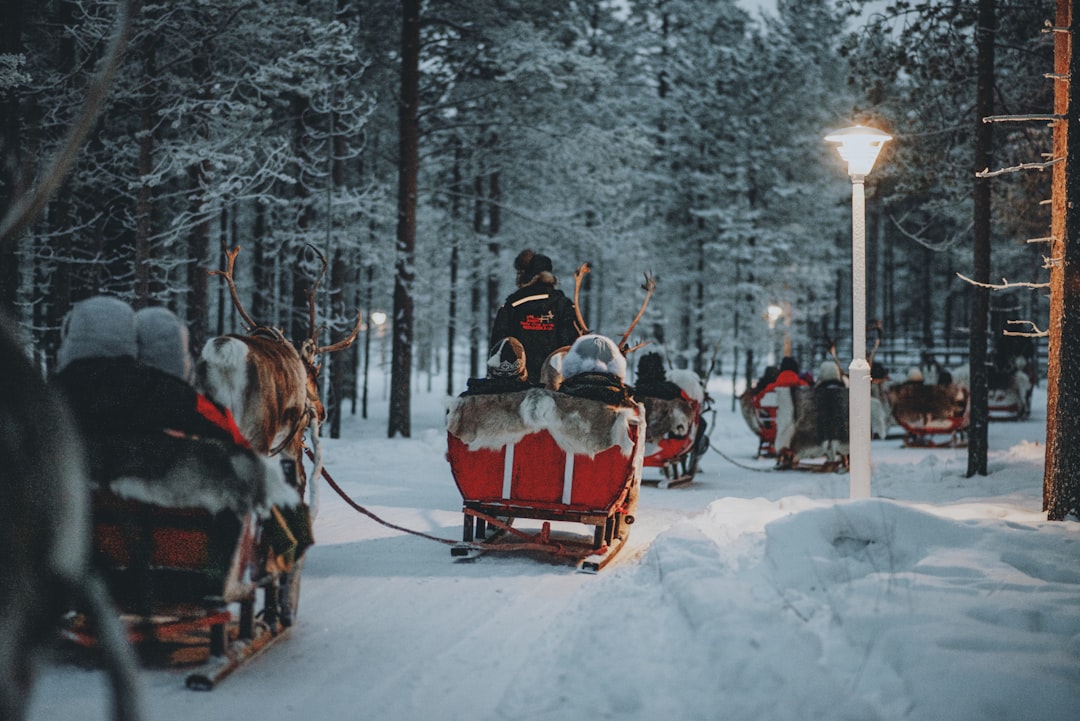
Translating physical engagement into online action is a major challenge for snowmobile tour companies, especially when high-intent guests bypass traditional forms and data capture methods. QR codes bridge this gap and let you meet guests where they are: on the trail, in the rental shop, or at a roadside pullout with a scenic overlook. They reduce friction, shorten decision cycles, and turn each interaction into a measurable pathway to booking.
Outdated processes like paper waivers, laminated price lists, and clipboards for sign-ups slow down operations and create data blind spots. QR codes consolidate those steps into a mobile-friendly journey: scan to see real-time availability, sign waivers, choose a package, and pay. With a platform such as Sona QR, you can design the workflow, track every scan, and update destinations over time without reprinting physical assets.
Modern QR platforms automate generation, security, and analytics, which eliminates manual data entry and unlocks personalized follow-ups. For example, Sona QR is built to support every step of this transformation: dynamic code updates, A/B tests across placements, and CRM sync that connects scans to revenue.
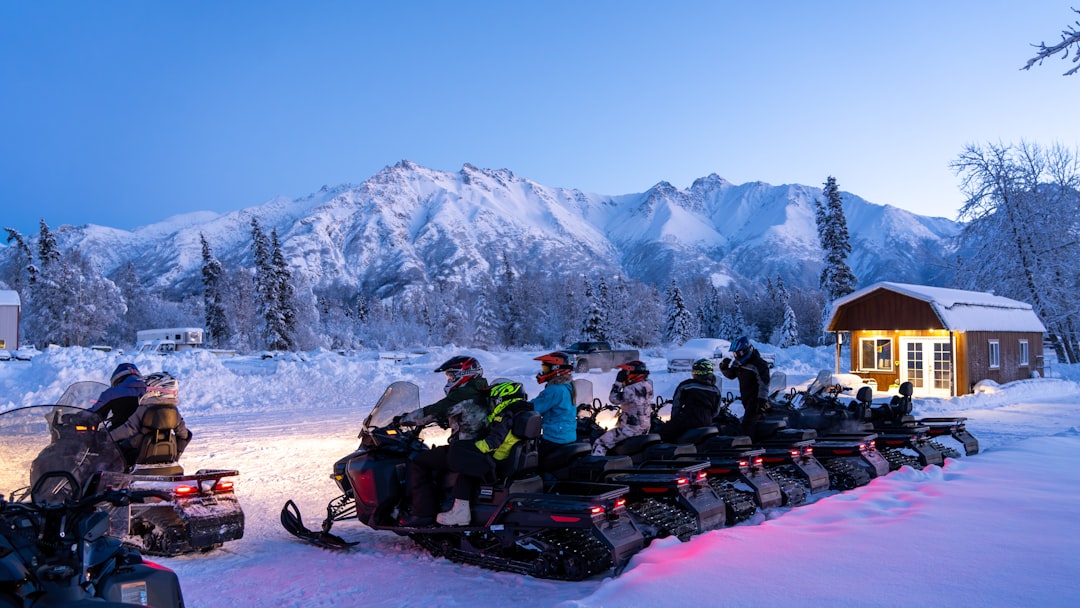
Offline interactions are difficult to track in a fast-moving, seasonal business like snowmobile tours. Riders discover you through trailhead boards, hotel lobbies, lodge brochures, roadside billboards, and local outfitters. Without a direct bridge to action, these impressions go unmeasured and often unmonetized. QR codes correct this by making every surface interactive and every interest signal actionable.
Beyond convenience, QR codes enable real-time responsiveness that matches the realities of mountain environments. Trail access changes with snowfall, wind, avalanche advisories, and grooming cycles. Availability fluctuates by time of day and group size. With dynamic QR destinations, staff can change messaging instantly across all print placements without reprinting. That means fewer missed opportunities due to outdated information and more trust built with up-to-date safety and status details. For sector tips, see travel and hospitality.
For example, a QR code at the trailhead that links to a daily status page can combine grooming updates with a “Book the next available tour” call to action. The same page can show a countdown to departure, encouraging on-the-spot reservations and revealing high-intent behaviors you can retarget later.
Many operational inefficiencies and data issues stem from over-reliance on generic print or single-purpose campaigns. Modern snowmobile tour companies use a mix of QR formats to meet guests in different contexts and create a cohesive journey from first interest to repeat booking.
Dynamic QR codes are especially powerful in this vertical. Use static codes only for evergreen content like a safety video or a vCard. Use dynamic codes for anything that changes: pricing, availability, trail advisories, or promotions. Platforms like Sona QR let you redirect destinations, add UTM parameters, and maintain a single code across multiple campaigns while preserving historical analytics.
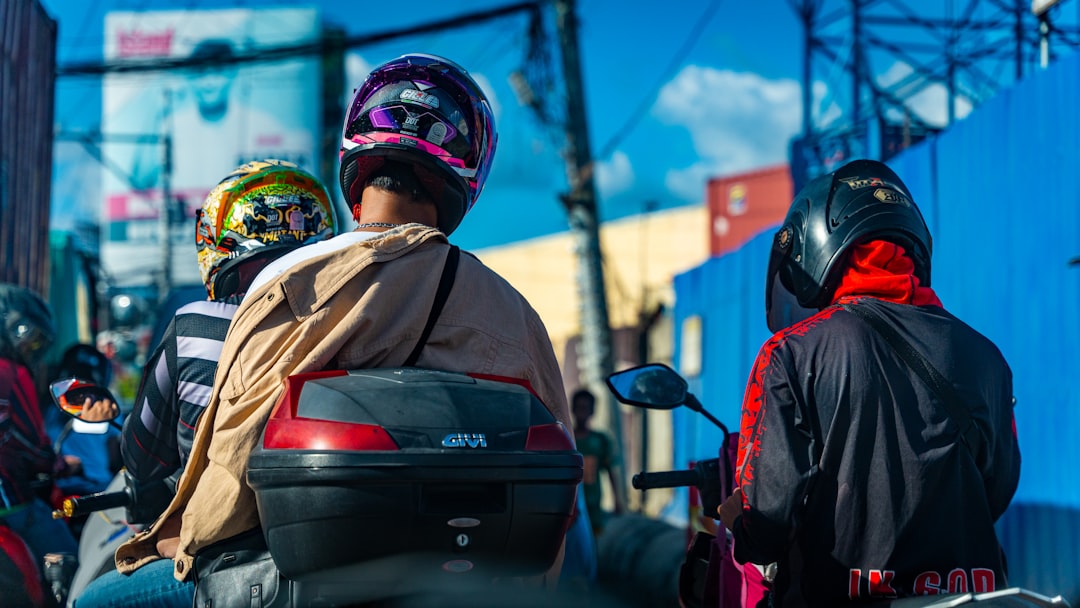
Growth opportunities often hide in plain sight: trailhead bulletin boards, partner hotels, rental counters, and sleds themselves. The problem is not attention, it is conversion and measurability. When you place QR codes where riders already make decisions, you convert curiosity into commitment and capture the data you need to optimize.
Look for high-dwell areas and natural pause points. Riders stop to gear up, sign waivers, wait for friends, or snap photos. Each of those moments can become an onramp to booking, upsell, or retention if you provide a clear call to action and an immediate payoff.
Data from these touchpoints reveals the strongest acquisition channels, the best-performing offers, and the most responsive times of day. Feed those insights into your media plan and staffing schedule to reduce idle capacity and increase average revenue per rider.
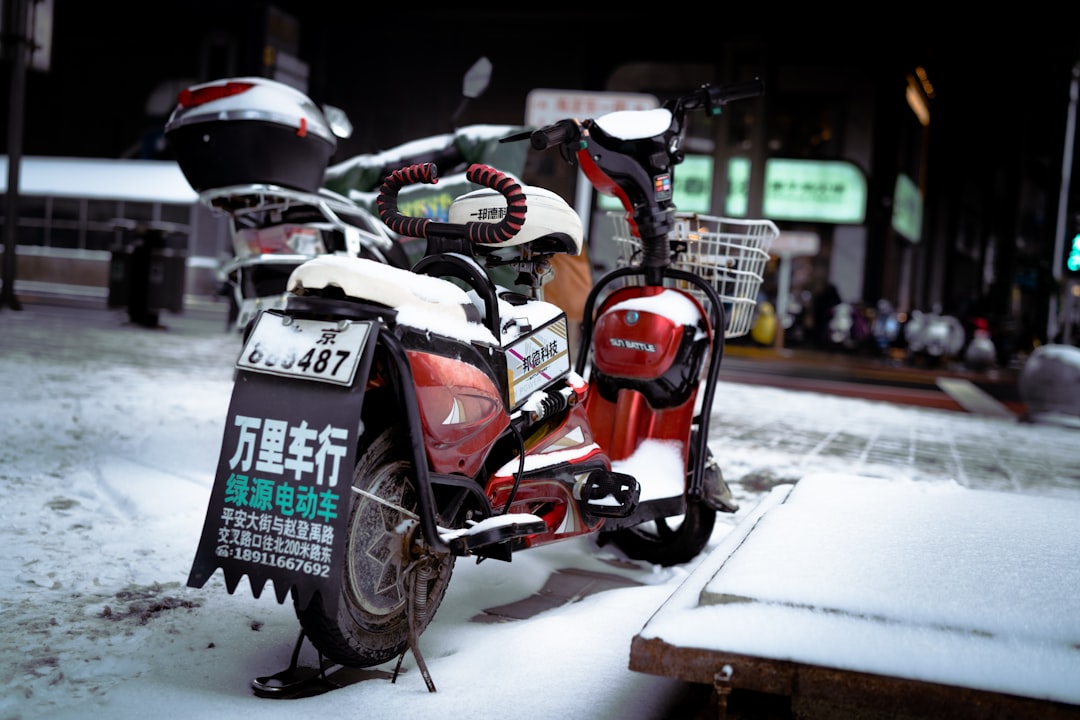
QR codes help solve pain points that are common in adventure tourism: manual paperwork, invisible guest journeys, and weak follow-up. By embedding scannable calls to action in the physical environment, you turn each step into measurable progress and create moments that lead to either a booking, an upsell, or a valuable signal for retargeting.
Start with three high-impact use cases that map to your guest flow. Then expand into adjacent steps once the first set is delivering.
Each scenario transforms a one-time interaction into a data-enriched customer journey. With Sona QR, you can tag codes by use case, location, and partner, then sync scan events to your CRM to personalize outreach automatically. Explore the use case library for more ideas.
Every scan is a micro-conversion that reveals intent, context, and timing. Collect enough of these signals and you can build high-value audiences that consistently outperform generic remarketing. The key is to design your QR ecosystem with segmentation in mind so every scan adds clarity to who the guest is and what they want.
For snowmobile tour companies, think about distinctions like locals versus travelers, family-friendly riders versus adrenaline seekers, and first-timers versus repeat guests. Use different codes and destinations for each scenario so the data tells you who scanned, where, and why.
When your audiences reflect real-world behaviors, everything becomes easier: lookalike models improve, creative resonates, and sales teams focus on the hottest leads. Over time, you will identify segments with the highest lifetime value like annual family trips or corporate retreat organizers and invest accordingly.
QR codes are the connective tissue between your offline presence and your digital engine. They let you measure channels that were once opaque, reduce friction at the moment of interest, and orchestrate a consistent experience from the billboard to the booking confirmation.
Design a multi-channel plan that assigns each medium a clear job in the journey. Use QR-enabled assets to bring people closer to booking, while capturing the data needed to optimize the next touch.
QR codes serve as the offline onramp to your digital marketing engine. They also unlock a layer of data collection across channels that were once difficult to measure. With a centralized platform like Sona QR, you can manage all your codes, monitor performance, and sync scan data with your CRM and ad platforms to turn impressions into booked rides.
Start by defining a single, high-impact goal such as increasing trailhead-to-booking conversions, reducing waiver bottlenecks, or capturing more reviews. Align the QR code’s purpose with a measurable business outcome so you can evaluate success quickly and iterate.
For snowmobile tour companies, a strong first project is a “Scan to book your next ride” code at trailheads and partner hotels, paired with a dynamic page that shows live availability. Another is a “Scan to sign” waiver code in the rental queue that trims check-in times and creates a digital audit trail.
Choose the right format based on your goal. Use static codes for permanent resources like a safety video or a vCard. Use dynamic codes for any campaign that needs tracking, editing, or A/B tests. Dynamic codes are essential when you want to change offers by weather, daypart, or inventory.
If you plan to retarget or attribute revenue, dynamic codes are non-negotiable. Sona QR supports dynamic destinations, UTM tagging, and identity stitching through Sona.com so you can connect scan intent to downstream bookings and revenue.
Design for the environment. Snow reflects light and creates glare, gloves reduce dexterity, and temperatures affect adhesive performance. Use high-contrast dark codes on light backgrounds, matte laminates to cut glare, and cold-rated adhesives for sleds and outdoor signage.
Include a clear CTA like “Scan to book now” or “Scan for trail status.” Test scannability on multiple devices, at different angles, and in varied lighting. As a rule of thumb, size the code so the shortest edge is at least 2.5 cm per 1 meter of scanning distance. Maintain a quiet zone around the code and avoid placing it on curved surfaces that distort the pattern.
Roll out codes where they can make the most difference: trailheads, rental counters, partner hotels, and scenic turnouts. Match placement to user behavior and dwell time. Long reads like package comparisons belong in lobbies and shops, while quick actions like “Book the next slot” fit near trailheads and shuttle stops.
Pilot in a few locations and compare results. Use unique codes for each placement so you can see which environments perform best. Once the winners emerge, roll out to more locations with the winning creative and CTAs.
Launch with analytics in place. Add UTM parameters to every destination and configure Sona QR to track scans by time, device, and location. Monitor conversion falloff and adjust landing pages accordingly. Run A/B tests on copy, incentive, and destination type, for example a direct booking calendar versus a package overview page. Learn how to compare models in Sona’s multi-touch vs single-touch.
Close the loop by syncing scan and conversion data into your CRM. Build dashboards that show scan volume, scan-to-book conversion, and revenue by placement. Use these insights to refine offers, budgets, and staffing so you capitalize on the highest-intent windows.
Operators often struggle with attribution and identifying what truly drives bookings. QR-powered analytics bridge that gap by capturing offline intent signals and tying them to digital outcomes. When scan data is connected to your CRM and commerce stack, you can see the entire journey from trailhead interest to paid reservation.
The right analytics framework answers questions like which trailheads generate the most bookings, which partner hotels produce higher-value riders, which creatives outperform by daypart, and which offers are most likely to convert newcomers versus repeat riders. With that clarity, you can double down on what works and cut what does not.
Sona QR captures the physical-world intent that traditional analytics miss. Sona.com turns that intent into actionable insights that prove impact and support smarter budget decisions across seasons.
Success with QR codes comes from thoughtful deployment, consistent measurement, and guest-centered design. Over time, small improvements in placement, messaging, and follow-up compound into meaningful gains in conversion and loyalty.
Focus on the tips that fit your most common media and guest flows. For snowmobile tour companies, that usually means trailhead signage, rental counters, partner hotels, and sled decals that withstand cold and moisture.
Two creative deployments to consider: add QR codes to snowmobile windscreen stickers that link to a “Know before you ride” video with a short quiz that unlocks a small discount, and include a QR code on thank-you postcards mailed after a tour that links to a referral program with a trackable code for friends.
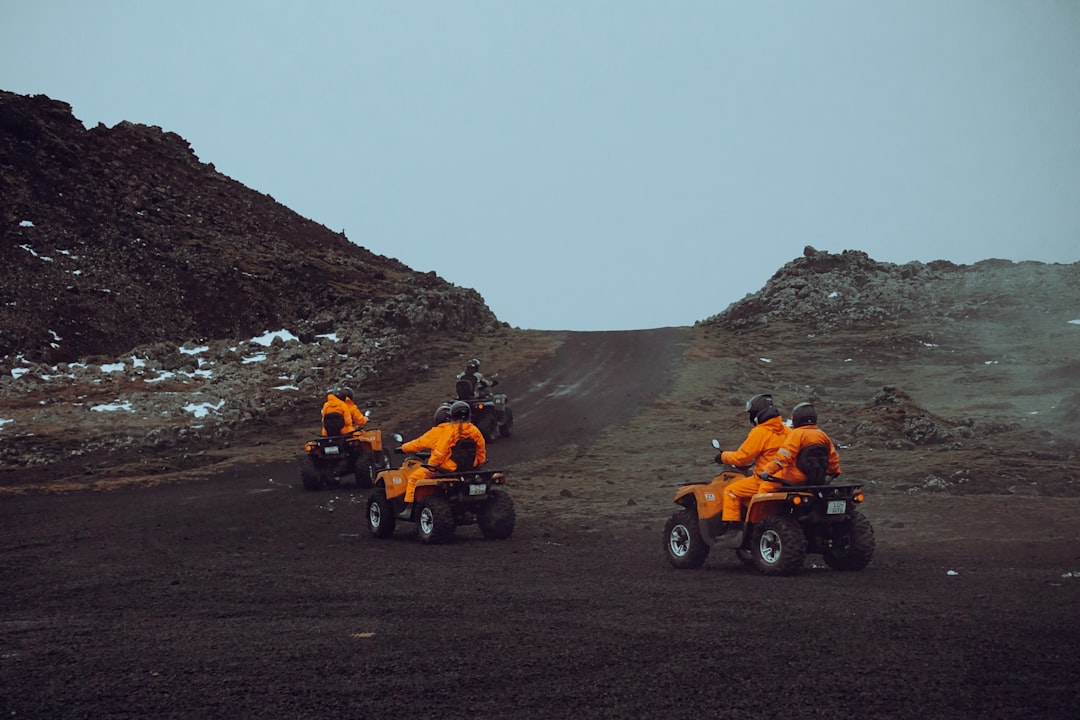
Snowmobile tour companies are already using QR codes to overcome missed leads, incomplete feedback, and underperforming promotions. The most effective deployments share two characteristics: clear value for the rider at the moment of scanning and tight integration with booking and CRM systems so no signal is wasted.
Think of QR as a creative tool, not just a technical one. Matching the destination experience to the scan context turns quick interactions into meaningful outcomes.
These examples show how QR codes can support both transactional goals and brand-building. They also demonstrate the importance of dynamic destinations that can be updated for seasons, weather patterns, and promotional calendars.
Execution details make or break QR performance. Snow, sun, and speed introduce environmental variables that many teams underestimate. Avoid common pitfalls by treating QR deployment like any other operational system: design it for the field, test it thoroughly, and train your people.
Beyond technical considerations, remember the basics of persuasive design. A vague QR code without a benefit-driven CTA rarely performs. A clear promise, a safe and convenient place to scan, and a mobile-first destination create a frictionless experience that guests appreciate.
With a focused approach, staff buy-in, and guest-centric design, QR codes deliver value at every touchpoint. Pair that with disciplined analytics and you will steadily improve both conversion and rider satisfaction.
As guest expectations evolve and competition grows, snowmobile tour companies cannot rely on traditional marketing or visible engagement alone. Integrating QR codes into every touchpoint boosts bookings, delivers critical information when it matters, and turns each interaction into data you can act on. The result is a connected experience that moves riders from awareness to commitment with fewer steps and fewer lost opportunities.
QR codes are more than a shortcut, they are a strategy for growth. With Sona QR, you can generate codes, manage dynamic destinations, and measure performance from scan to revenue. With Sona.com, you can connect the dots across channels and attribute results with confidence. Start creating QR codes for free.
QR codes have revolutionized snowmobile tour companies by transforming traditional marketing into a dynamic, measurable growth engine. From attracting adventure-seeking customers to enhancing on-the-spot booking experiences and sharing real-time trail updates, QR codes streamline interactions while capturing valuable data to optimize every touchpoint. Imagine instantly knowing which brochures, signage, or social posts convert curious explorers into booked tours—and acting on that insight without delay.
With Sona QR, snowmobile tour operators can create dynamic, trackable QR codes in seconds, update campaigns instantly without reprinting materials, and link every scan directly to revenue. This means no missed leads, smarter marketing spend, and richer customer engagement throughout the journey. Start for free with Sona QR today and turn every scan into a new booking, a stronger connection, and lasting business growth.
QR codes help snowmobile tour companies connect offline engagement to online actions, streamline bookings, provide real-time updates, reduce paperwork, and capture valuable customer data for better targeting and personalization.
QR codes enable instant access to live availability, pricing, safety tips, and trail conditions, allowing guests to book tours quickly without downloading apps or filling out lengthy forms, which shortens decision cycles and reduces drop-off.
Effective QR code placements include trailheads, rental counters, partner hotels, lodge lobbies, scenic turnouts, sled decals, and direct mail to capture guests at natural pause points and decision-making moments.
Useful QR code formats include dynamic web links to booking calendars and trail updates, vCards for contact info, custom forms for waivers and rentals, safety videos, feedback surveys, app downloads, and SMS or email preloaded messages.
Companies can place QR codes linking to short safety videos, checklists, and real-time trail advisories, allowing riders to complete briefings digitally and follow up with targeted safety communications.
QR codes on helmets, receipts, or sleds can direct riders to quick satisfaction surveys and review platforms like Google and TripAdvisor, increasing review volume and enabling loyalty incentives based on feedback.
Design QR codes with high contrast, matte finish, cold-resistant adhesives, clear call-to-action text, and test scannability in snow and glare conditions, placing codes where riders can safely stop to scan.
They track scan data including time, location, device, and source using dynamic QR codes linked to CRM systems, measure scan-to-booking conversion rates, run A/B tests, and attribute revenue to optimize marketing efforts.
Challenges include difficulty tracking offline engagement, slow paper-based processes, outdated printed information, missed booking opportunities, and lack of real-time updates on trail conditions and availability.
By providing easy access to up-to-date safety briefings, trail status, and weather alerts via QR codes, enabling digital waiver signing, offering tailored tour packages, and educating staff to promote scanning for real-time information.
Use Sona QR's trackable codes to improve customer acquisition and engagement today.
Create Your FREE Trackable QR Code in SecondsJoin results-focused teams combining Sona Platform automation with advanced Google Ads strategies to scale lead generation

Connect your existing CRM

Free Account Enrichment

No setup fees
No commitment required

Free consultation

Get a custom Google Ads roadmap for your business






Launch campaigns that generate qualified leads in 30 days or less.
